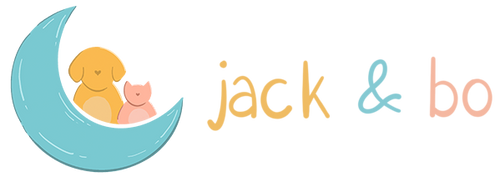
What Size Clothes Should You Buy For Your Baby?
What Size Clothes Should You Buy For Your Baby?
Things can get rather confusing when it comes to buying clothes for your little one, can’t they? This is mainly because for baby clothes, almost nothing is as cut and dry as it should be. First of all, babies are not only born at different sizes but they also grow super fast. Add that to the fact that every brand uses its own marketing language and things get really tricky.
To make matters worse, you can’t bring your little one with you when shopping for their clothes and have them try out the clothes to find the one that fits them well. So the only options you are left with is to trust the tags on the clothes, or at least try and measure cloth sizes with your eyes and hope for the best.
Luckily, there is a third option. You can educate yourself on how to pick the right cloth sizes for your baby every time. That’s where we come in. This guide will help you figure out what size clothes you should buy for your little one.
Here Are The Most Important Things To Consider When Choosing Your Baby’s Clothes:
- The weight of your baby
- The age of your baby
- The type of outfit you are getting for your baby
- The purpose of the baby clothes you are buying
When shopping for baby clothes, you will notice that a lot of baby clothes are categorized based on weight. You may find clothes labeled “for babies 10 to 15 pounds” for example. While it is not an exact science, this should start to act as your guide as to which clothes will fit your baby best.
This is one of the best guides especially if you are shopping online since the images may not show the true size of the clothes. It is important to note, however, that even if your baby lies within the specified weight range, the clothes may still not fit him properly. This is because of the specific features of both your little one and the clothes. Your baby may have a longer or shorter torso compared to the clothes or his little legs could be longer than the pants you want to buy.
2. The Age Of Your Baby
Age is another popular way by which manufacturers like to advertise baby clothes. You will often get tags like ‘up to two years, ‘up to 6 months, ‘0 to 3 months, and so on. Just like the weight variable, it will not be wise to base your purchase decision based on this alone because of the uniqueness of each child. Your baby may belong to a certain age category but might be small or big for his age.
Depending on your child, it might be smarter to buy a size larger or smaller. The good news is that once you’ve bought a few clothes for your baby, this will come naturally to you since you would have seen from previous purchases whether he goes well with his age-exact sizes or whether you should go a size bigger or smaller.
3. The Type Of Outfit That You Are Buying
This factor plays a huge role when purchasing baby clothes. The size you buy for your baby for a t-shirt or onesie may not be the same size that you want to buy for a sweater, pants, or a romper.
For baby t-shirts, onesies or vests, you may want to buy fitting sizes to enhance the comfort of your baby and enable him to move his little hands freely. However, for sweaters or rompers, you may want to go a size bigger to not only enhance comfort but also to prolong their durability as your baby won’t grow out of them quite as fast.
Sweaters and rompers also come in a bit more expensive than their t-shirt counterparts hence you don’t want to be buying them all the time. Check out our collection of cute t-shirts, rompers, and onesies.
4. The Purpose Of The Baby Clothes
Lastly, you need to know what that outfit is going to be used for. This is a minor factor but just as important as the rest.
For stay-at-home and play clothes, you want to go for fitting sizes to enhance comfort. For your baby’s day-out kind of clothes, you can go a size bigger to prolong how long your baby will fit in them since they are more costly.
Final Thoughts
With these tips, buying the right fit of clothes for your baby need not be much of an enigma anymore. These four factors are a great starting point when buying baby clothes that will save you a lot of time and money spent purchasing and repurchasing clothes.
On the bright side, if you buy clothes that are too large for your little one, they can always grow into them. Smaller clothes can be donated or kept safely for your next baby!
